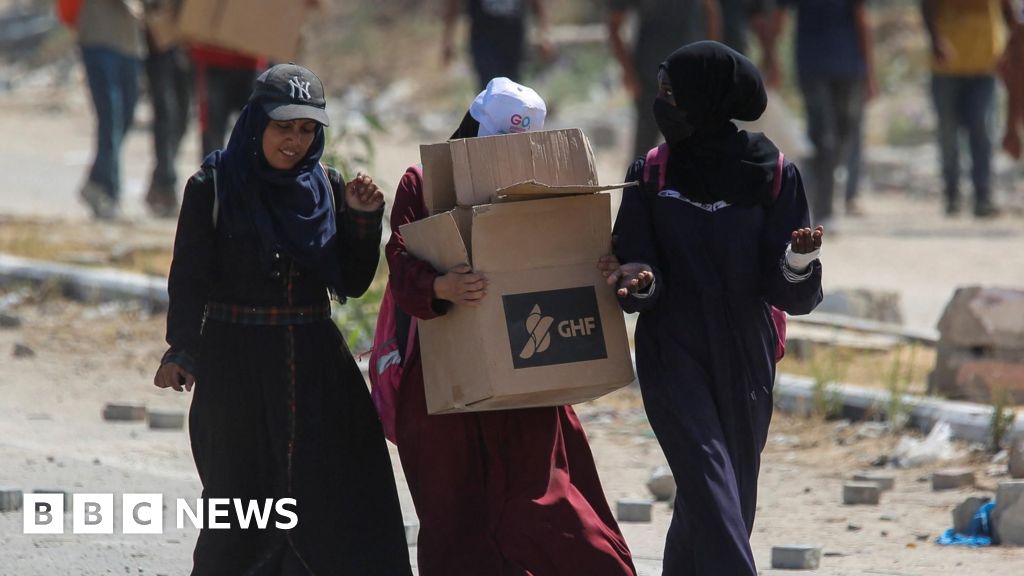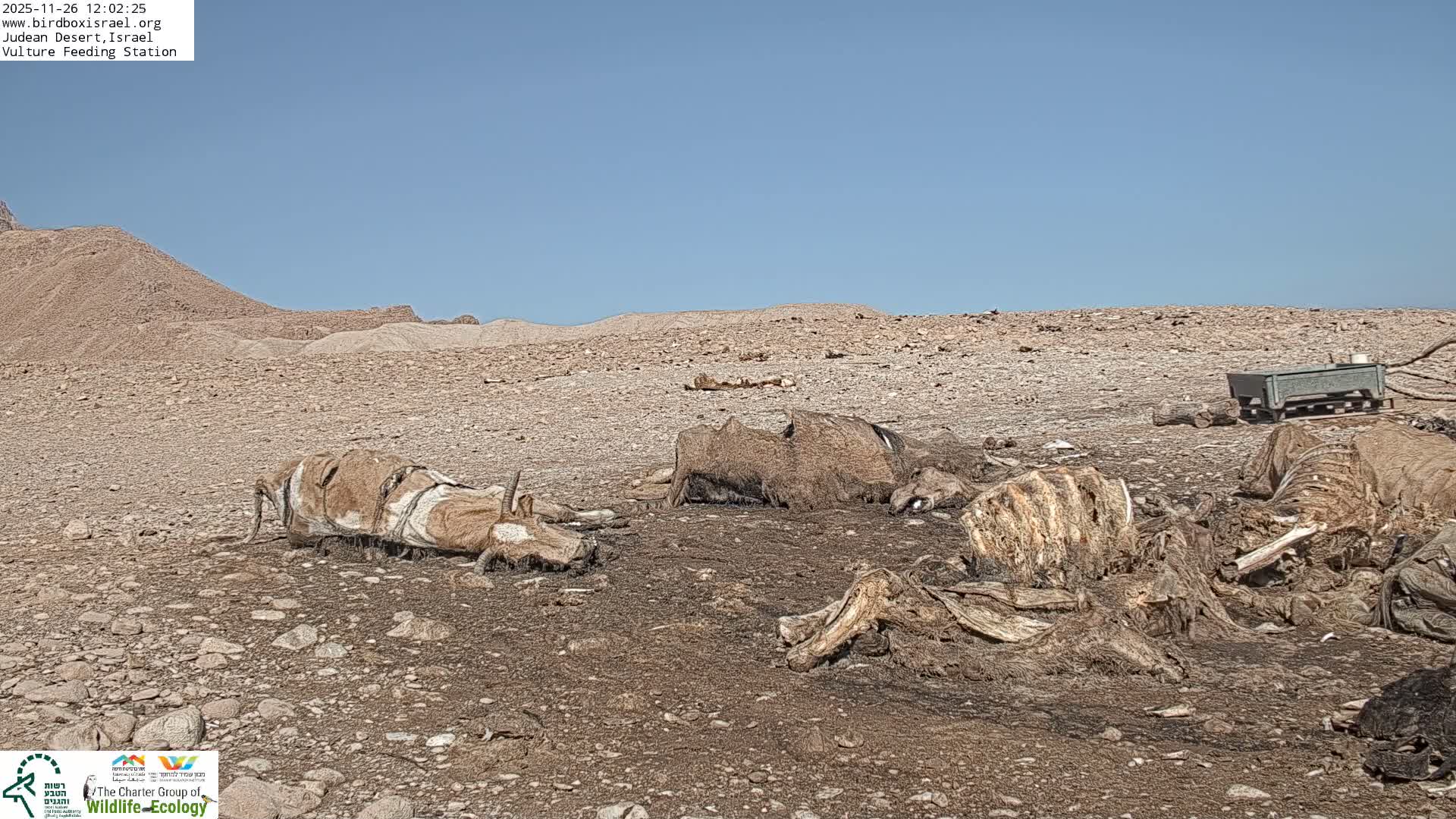US-Backed Gaza Humanitarian Foundation Ends Aid Operations Amid UN Criticism & Casualty Claims in Palestinian Territory
 Palestinian Territory Occupied
Humanitarian Aid & Conflict
Palestinian Territory Occupied
Humanitarian Aid & Conflict

The controversial US-backed Gaza Humanitarian Foundation ends aid operations after six months amid UN criticism over safety and neutrality. GHF claims mission s
Controversial US-Backed Gaza Humanitarian Foundation Halts Aid Operations
The Gaza Humanitarian Foundation (GHF), an organization controversially backed by the US and Israel, has announced the cessation of its aid operations in the Palestinian territory after nearly six months. This decision follows a period of significant dispute and scrutiny regarding its methods and impact.
Winding Down Operations: GHF's Stated Success
GHF representatives stated on Monday that the winding down of operations signifies the "successful completion of its emergency mission." The organization claims to have delivered a total of three million packages, equivalent to over 187 million meals, to Palestinians. Its three food distribution sites in Gaza had already been suspended last month, coinciding with the ceasefire between Hamas and Israel, which took effect six weeks prior.
Looking ahead, Jon Acree, GHF's executive director, indicated that the US-led Civil-Military Coordination Centre (CMCC), established to support US President Donald Trump's Gaza peace plan, intends to "adopting and expanding the model GHF piloted." US state department spokesperson Tommy Piggott lauded GHF's model on X, suggesting it played a crucial role in bringing Hamas to the negotiating table and achieving a ceasefire by preventing the militant group from looting and profiting from aid.
Controversy and Criticism from the UN and Hamas
From its inception, the GHF aimed to circumvent the United Nations as the primary aid distributor in Gaza, leading to significant friction. The UN and other established aid agencies staunchly refused to collaborate with GHF, labeling its system as unethical and inherently unsafe. A major point of contention arose from the fact that GHF's distribution sites in southern and central Gaza were operated by US private security contractors and located within Israeli military zones.
The UN and its partners vehemently argued that this operational model violated fundamental humanitarian principles of neutrality, impartiality, and independence. They warned that directing desperate civilians into militarized areas posed unacceptable safety risks. Tragically, the UN's human rights office recorded the deaths of at least 859 Palestinians seeking food near GHF sites between May 26 and July 31. An additional 514 individuals were killed near routes used by UN and other aid convoys during the same period, with most casualties attributed to Israeli military fire. The Israeli military, however, maintained that its troops fired warning shots at individuals approaching them in a "threatening" manner. The GHF, in turn, refuted claims of shootings at its aid sites and accused the UN of relying on "false and misleading" statistics from Gaza's Hamas-run health ministry.
Hamas, which denies allegations of aid theft, welcomed the closure of the GHF. A spokesperson for the group, Hazem Qassem, stated on his Telegram channel that the GHF should be held accountable for the harm inflicted upon Palestinians, urging international human rights organizations to ensure the foundation faces repercussions for the "death and injury of thousands of Gazans and covering up the starvation policy practised by the (Israeli) government."
UN's Stance and Future Aid Prospects
The GHF commenced its operations in Gaza on May 26, a week after Israel had partially eased an 11-week total blockade on aid and commercial deliveries, which had led to severe shortages and a declared famine in Gaza City three months later. The foundation's future became uncertain following the ceasefire agreement between Hamas and Israel, which outlined that aid distribution would occur "without interference from the two parties through the United Nations and its agencies, and the Red Crescent, in addition to other international institutions not associated in any manner" with Hamas and Israel.
Stephane Dujarric, a UN spokesperson, confirmed on Monday that the GHF's shutdown would have "no impact" on UN operations, emphasizing, "because we never worked with them." Dujarric acknowledged that while more aid has been reaching Gaza since the October 10 ceasefire, the volume is still "not enough to meet all the needs" of the 2.1 million residents.





